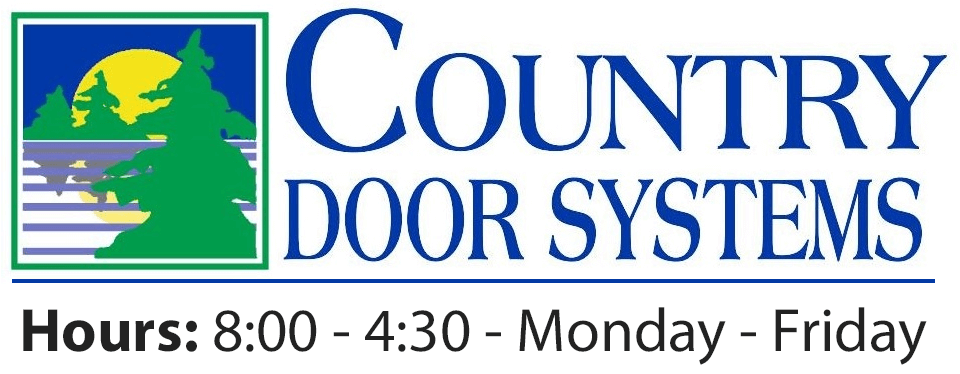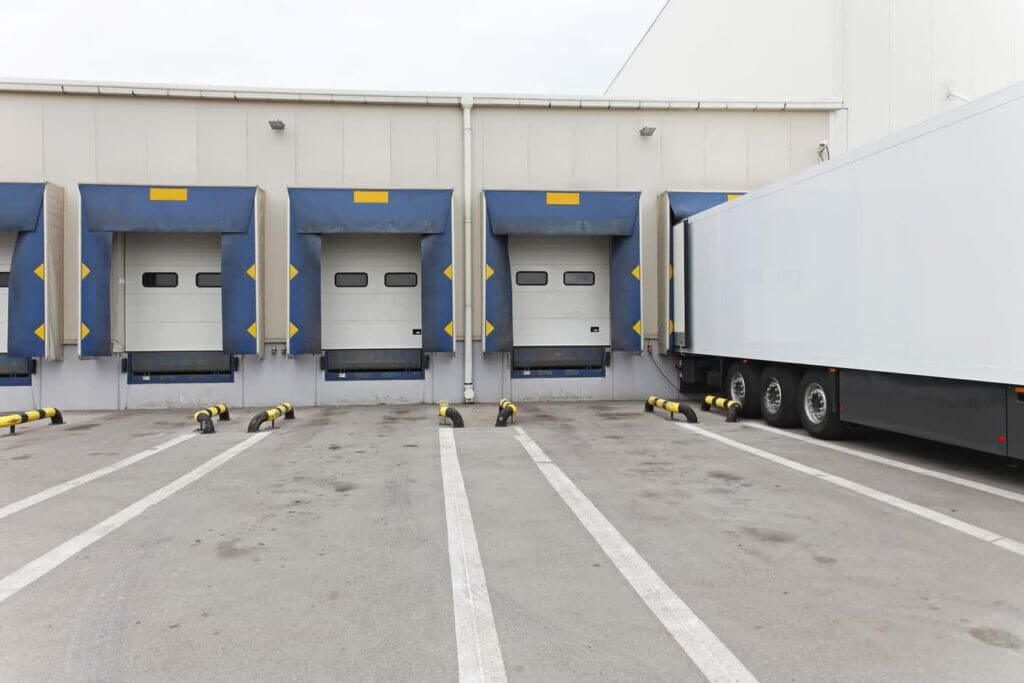Getting goods from point A to point B always has challenges but this year they’re greater than ever. An efficient loading dock gives you a competitive edge under pressure. With distribution channels in Janesville WI stressed can you afford to make matters worse with failed loading dock equipment?
Every operation from multi-state distribution hubs with dozens of dock doors to local supply businesses with one or two, keeping everything safe and operating as planned is the goal. If shipping/receiving and staging areas clog your business grinds to a halt.
Efficient shipping/receiving dock operations avoid delays, minimize accidents, prevent product damage and meet deadlines. An efficient dock area promotes happy, satisfied customers and employees. That’s the bottom line isn’t it?
In addition, keeping loading dock areas safe and secure leads to significant gains in energy efficiency and reduces company losses.

An Efficient Loading Dock = Productivity, Safety
The best way to make sure loading docks are safe, secure and productive is to monitor activities on a regular basis. Too often, companies are so busy with daily routines they overlook safety concerns – until there’s an accident.
Planning ahead pays off in more ways than one – heading off accidents and spotting ways to improve efficiency are cheaper than paying insurance claims and dealing with downtime, right? For the future, consider:
- A loading dock area safety audit – review procedures and the processes in place to both prevent and deal with an accident. Consider both accidents involving personal and property injury. Evaluate the resulting downtime, etc. Make adjustments to avoid problems and make the operation safer.
- Evaluate loading dock security – focus on all points of entry. Is it easy to get into your facility through the loading dock? Consider an alarm system that alerts when doors are accessed improperly or a trailer is released without authorization. In times of economic stress, crimes of opportunity go up. Is your loading dock equipment up-to-date? Are you putting the latest technology to work for your bottom line?
Routine Loading Dock Maintenance – Job 1
Every loading dock entrance features moving parts – dock levelers, vehicle restraints, overhead doors, door opening systems, etc. Each requires specific, detailed routine maintenance to operate at peak efficiency. That includes basic cleaning and lubrication. Building a maintenance plan is worth the time and effort.
The more dock door opening you have the bigger the challenge. Where do you start?
- Create an equipment inventory – if you haven’t already, review all the different components you have installed. Include everything from basic lights to large permanent installations from doors to bumpers. Reexamine your inventory at least once a year to account for anything that’s been added, anything changed or anything missing. Finally, be sure everything is where it should be and working as it should.
- Include small things – accessories like lights, dock bumpers, trailer stands and other convenience items are often taken for granted. When they fail these small things create big problems.
- Focus on seals and shelters – inefficient dock seals cost operations thousands of dollars in energy costs. In addition they reduce productivity of crews working in cold or extreme heat. Check all seals – top, bottom and sides – for air leaks. Inspect around dock levelers and overhead doors, too.
- The big pieces – dock doors – repairing or replacing dock doors is a major expense. Keeping them working properly is a wise investment. A key element in efficient operating for loading dock doors is staff training. Lift truck operators and poor trailer maneuvering are major causes of door damage. If a door is damaged beyond repair, talk to Country Door Systems about high-impact replacement doors.
- Equipment controls – efficient loading dock operation hinges on controlling all the moving parts. Everything from dock levelers to overhead doors are available with high-end controllers. You can remotely control door opening systems, interlocks, interconnects, etc. Many can be fitted to existing, older equipment.
Prepare For Potential Loading Dock Hazards
In most situations, keeping loading dock safety in mind is less costly than corrections when something goes wrong. These suggestions may seem obvious, but are often overlooked under the pressure of getting the job done:
- Keep dock areas clean and dry – water from rain, snow or spills is a serious cause of loading dock accidents. It’s slippery When it freezes or is slushy it’s worse! Spill are threats to ruin merchandise and damage equipment, too. Proper seals guard against snow and rain getting in during normal activities.
- Upgrade related equipment – as you’re moving more and more in and out your existing loading dock equipment may not be able to keep up. Have larger trailers and increased demand put a strain on your operation? Would push-button controls save time? Part of your annual inspection should be a realistic evaluation of the life expectancy of your equipment.
- Replace inefficient equipment – a loading dock built 10-15 years ago isn’t likely to be equipped to handle today’s larger loads, bigger trailers and heavier lift trucks. Efforts to “make do” leads to door jams, cracks and breaks in pit sidewalls, dock leveler installations and bumpers. Replacing worn out equipment with larger, automated doors, shelters and remote-controlled levelers is a cost-effective solution

Pros Install Efficient Loading Docks
At least once a year it’s a wise investment to include the professionals from Country Door Systems in your loading dock review. They’ll put together a maintenance plan and timeline for appropriate service – many of the items are easily done in-house. Their loading dock maintenance checklist will include inspecting dock levelers:
- Weather seals
- Dock bumpers
- Conduit and wiring
- Main ramp controls or hold-down assemblies
- All welding
- All cylinders and linkage
- Control boxes
- Rear hinges, lip spools and pins
- Stringers and front and rear headers.
In addition they’ll advise on how to:
- Clean pit, lip hinge and rear hinge area
- Test dock leveler operation
- Lubricate dock leveler according to manufacturer’s specifications
- Adjust dock leveler according to manufacturer’s specifications
Vehicle restraints are vital element. They are designed to thwart accidents, prevent trailer crawl or premature truck departure. Inspect vehicle restraints by checking:
- Dock bumpers
- Conduit and wiring
- Fasteners and welding
- Outside signs
- Inside signs
- Outside lightboxes
- Control boxes
- Cleaning vehicle restraints operating area
- Testing vehicle restraints operation
- Lubricating vehicle restraints according to manufacturer’s specifications
- Adjusting vehicle restraints according to the manufacturer’s specifications
Working with the best loading dock equipment manufacturers, Country Door Systems brings the latest technology to every commercial operation. Its commitment and relationship with elite equipment manufacturers insures high-tech solutions for businesses throughout southern Wisconsin. Country Door Systems repairs, installs and stands behind the best commercial doors, commercial garage door openers and loading dock/warehouse accessories. We cover a wide service. To take advantage of our decades of experience, call or email Country Door Systems at 608-752-9537 and schedule an efficient loading dock review for your Janesville WI area facilities.

